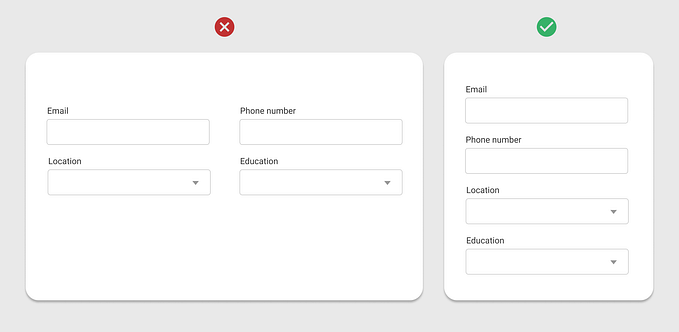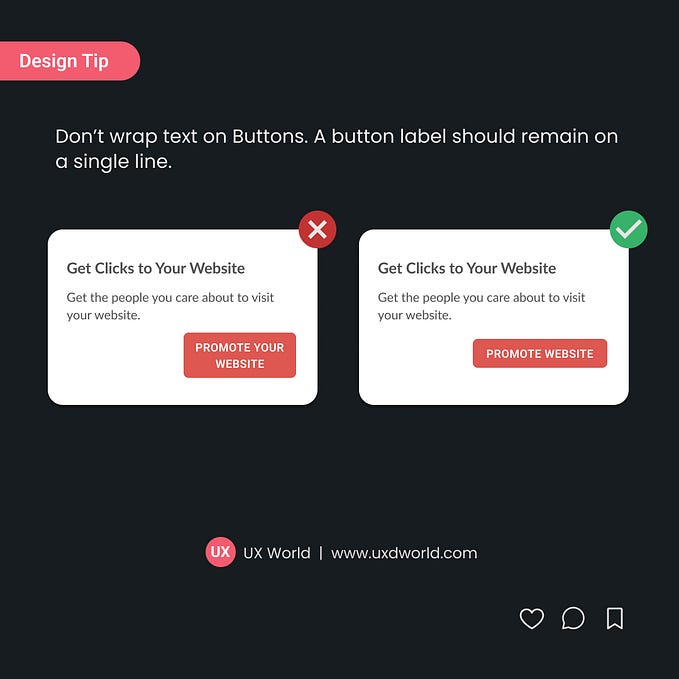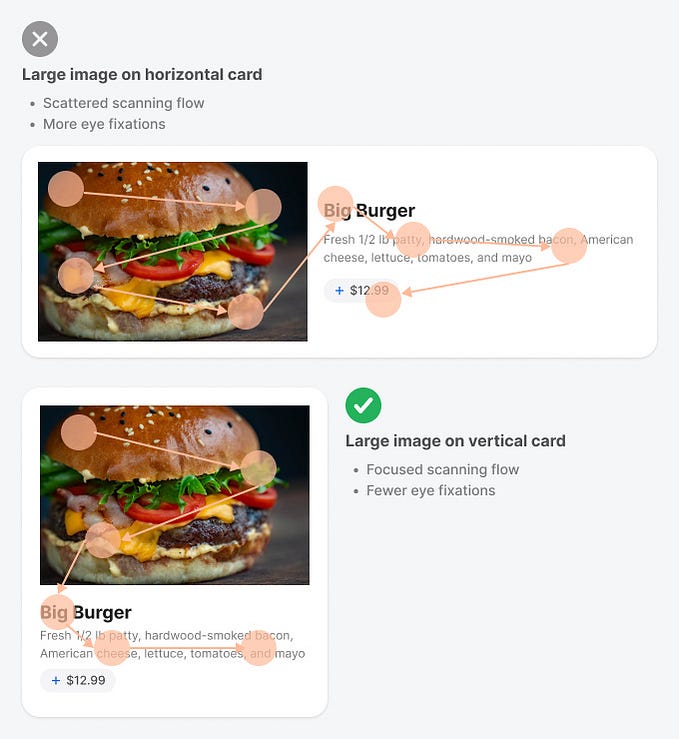How to Design Effective Infographics?
What are Infographics?
An infographic is a visual representation of a story. You have something to tell your audience, infographics provide you a way of presenting the information more effectively.
An infographic can be a combination of imagery, graphical data, and text, and its purpose is to make data easily (and often enjoyably) understood at a glance or with a brief amount of attention.
Visual information is easy to understand and memorize.
Though writing large articles with a lot of textual content has its importance, an infographic is another way to show difficult concepts in a simpler form.
Infographics have multiple types and depending on your requirements, you can select the type that best suits your audience and related content.
“Few commonly used types are: information infographics, timeline infographics, statistics infographics, process infographics and comparison infographics.”
Why Use Infographics?
The human brain processes image 60,000 times faster than it does text. And it is more accustomed to processing images.
Infographics are an effective way to present information visually instead of long reading material. It is easier to memorize the concept when it is presented in images.
Infographics are also a way of marketing so that you can attract more visitors and customers to come to your site and use your brand.
How to Design Infographics?
Infographics are a simple representation of information. And a UX Designer knows that providing a simple solution to a complex design problem is always a challenging job.
There are a few best practices and tips that you can follow and design effective infographics.
6 Tips to Design Effective Infographics
Below is a list of useful tips that help you in creating beautiful and effective infographics.
- Create A Story
- Make It Simple
- Use Right Data Visualization
- Organize Content Properly
- Avoid Text Clutter
- Choose the Right Color Scheme
1. Create A Story
Understand the problem and then present its solution. Make your infographic an interesting read for your audience. Make it meaningful. Do not just put information in the form of images.
It is important to keep information related in an infographic to make it a story from start to end.
If your infographic is not presenting a good story, it will make no meaning for the audience. Present an integrated idea by connecting all the dots of the story.
Bad Example

Good Example

2. Make It Simple
It is much easier to make an infographic a complex piece of information. However, reasonable time and effort are required to make it simple and understandable for your audience.
Always present one idea and do not try to encapsulate several ideas within same infographic.
Use text to support images and use bullets when you are describing something, whereas use numbering steps when you are explaining a process. Use images with each bullet or step. Make your infographic memorable for your audience.
If you are displaying data in charts, pick a chart type that makes information effective for the audience.
Keep your infographic simple as if a reader requires to spend several minutes to grab the presented idea, he may already have left your infographic.
Bad Example

Good Example

3. Use Right Data Visualization
Data visualization is used to present data in a graphical format so that it becomes easier for the reader to understand it.
It is a challenge to present data using the correct visualization form. If you just put data in any kind of visualization, it can confuse the reader even more.
First, make sure that you have collected real data and there is no error in it.
Second, based on the type of data, decide on the best visualization form (chart, graph) to present it in the infographic so that it can make sense to the reader.
Few guidelines for providing good visual information can be seen here.
Bad Example

Good Example

4. Organize Content Properly
Organize your content in the infographic that a reader can easily scan and find the logical grouping of the content displayed in front of him.
Select the correct type of infographic. For example, you can use a timeline infographic if you want to display information for certain periods.
Use visual hierarchy to present the content. Highlight important information by making it larger in size. Use colors to differentiate an item from others.
Use reasonable white space between content. This will give a breathing space to the reader and it becomes easier for him to follow the content.
Bad Example

Good Example

5. Avoid Text Clutter
The best infographics display a good balance of textual and graphic content.
Infographic is more of a visual representation of information.
A lot of text will fail to meet the purpose of infographic.
The text should support the visuals in the infographic. Only use important text where necessary. Do not use the unnecessary explanation of graphics.
Use correct fonts and colors to make infographic appealing for the reader.
Bad Example

Good Example

6. Choose the Right Color Scheme
It is very important to use colors effectively in infographics. Using too many colors will confuse the reader, whereas using a lesser number of colors will make it a boring piece of information.
Use a simple color palette of no more than 4 colors for your infographic, unless it contains some specific information like logos of different companies.
Use colors to highlight information where necessary. Use good contrast to display different types of information.
Font color is also an important aspect that can make your infographic good or bad. Decide a font color based on the background color being used.
Make your infographic interesting by using colors wisely, otherwise your readers will lost their interest if you fail to provide a good color combination.
Bad Example

Good Example

Tip
To create great infographics, follow the steps given in the guide below:
Conclusion
Infographics are important design deliverables that help you to present a complex set of information in a simpler form. It is important to design your infographics with much attention and follow the best practices to make them beautiful and effective.
Remember, designing good infographics require a lot of practice with patience. So, keep on working to improve your infographics.











